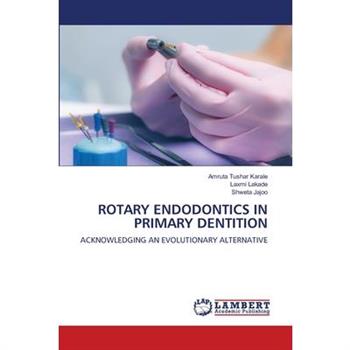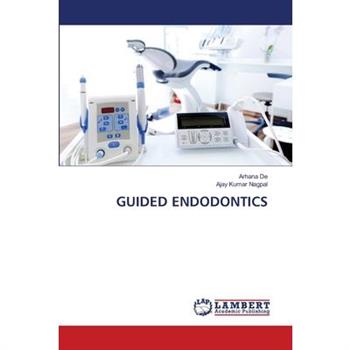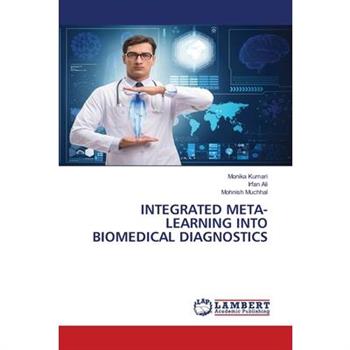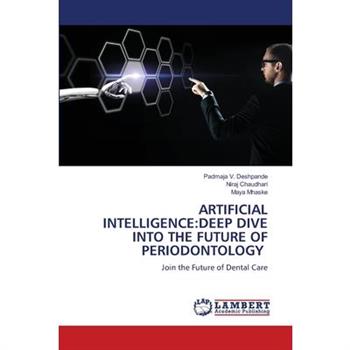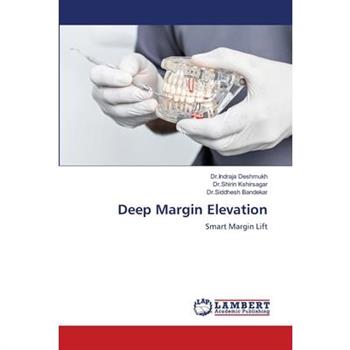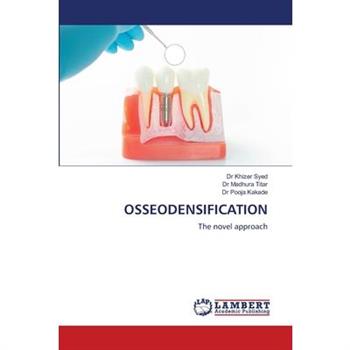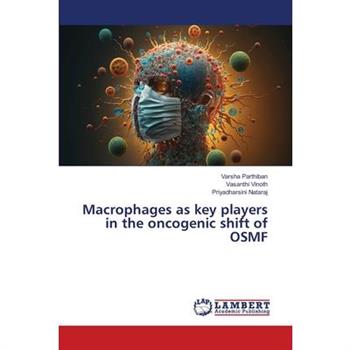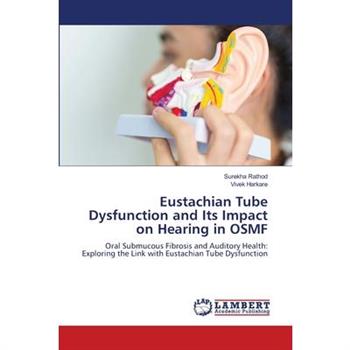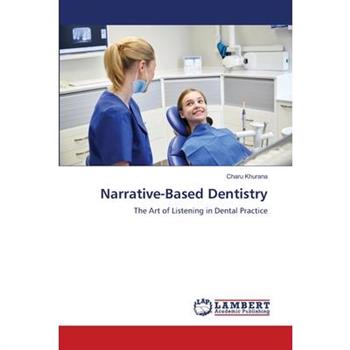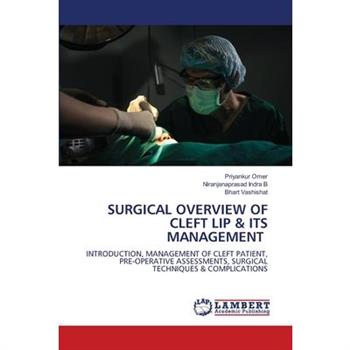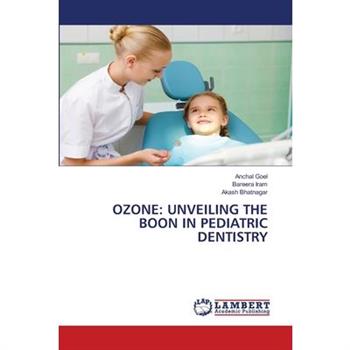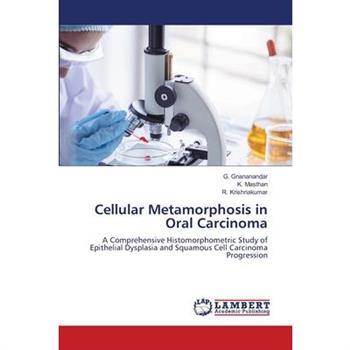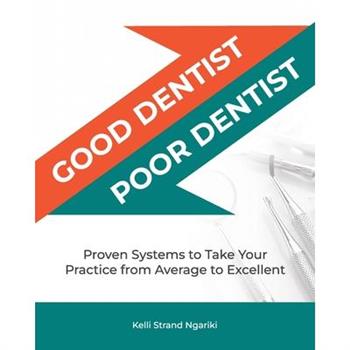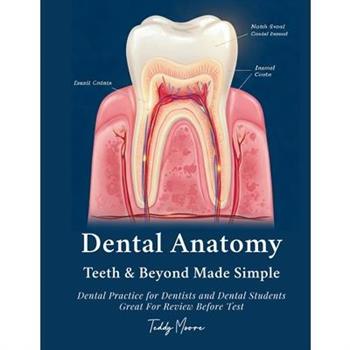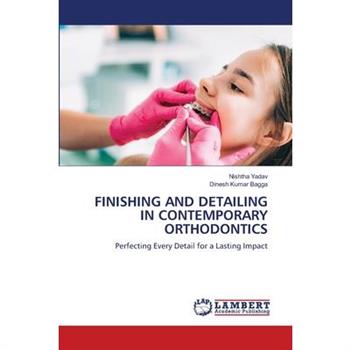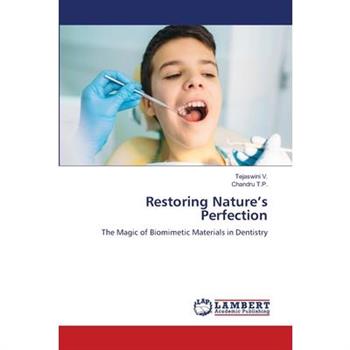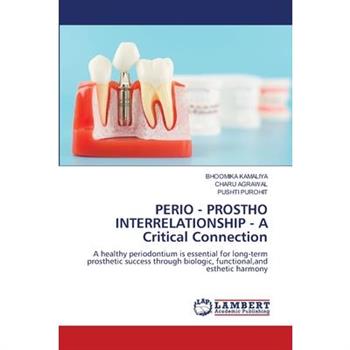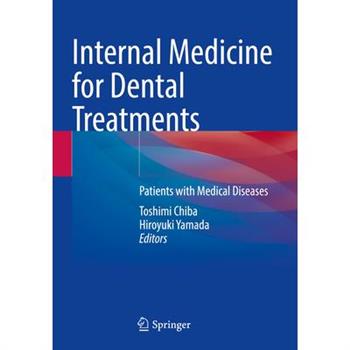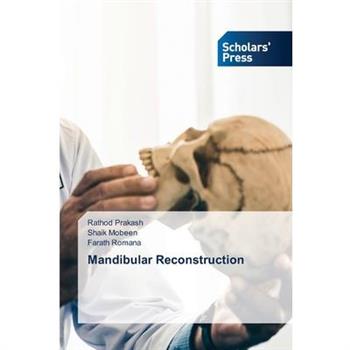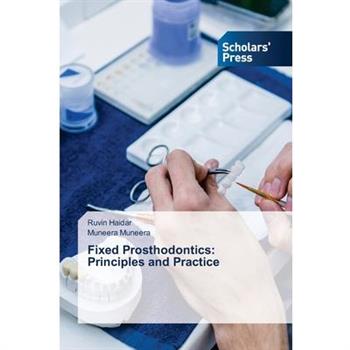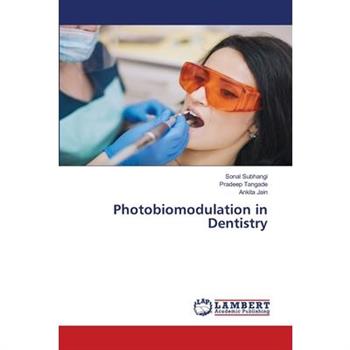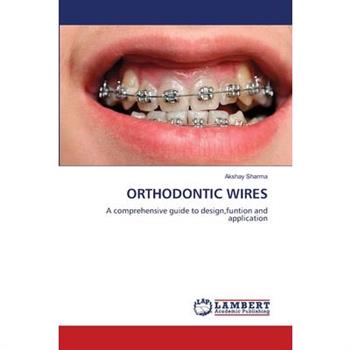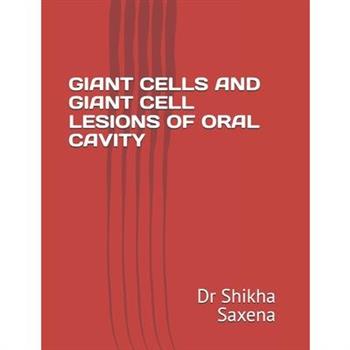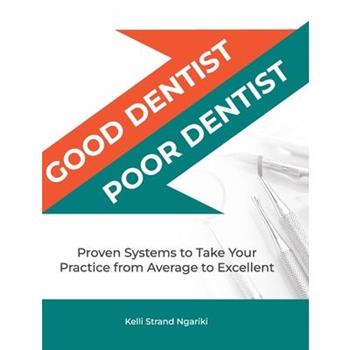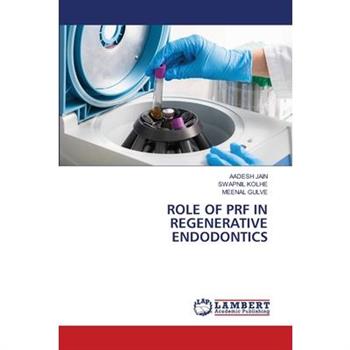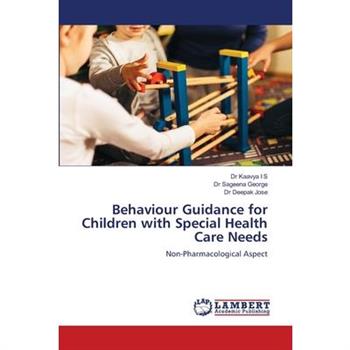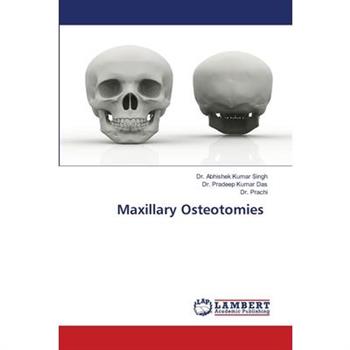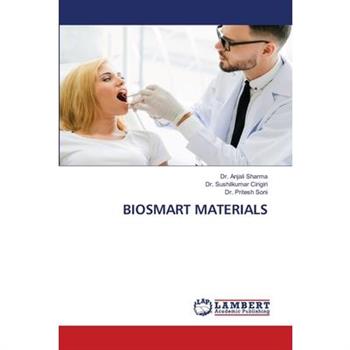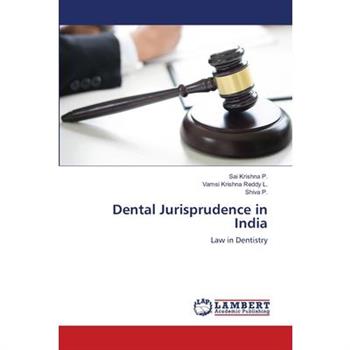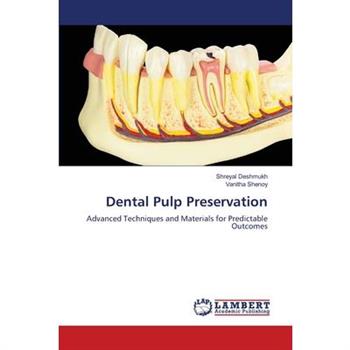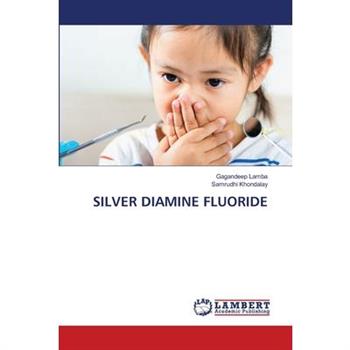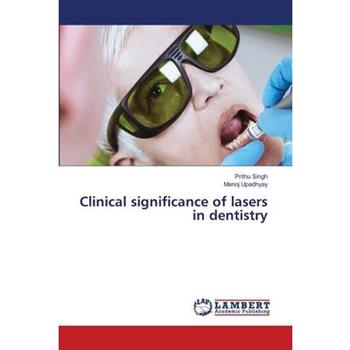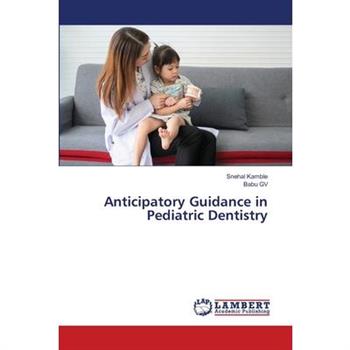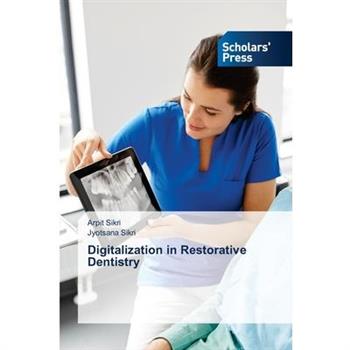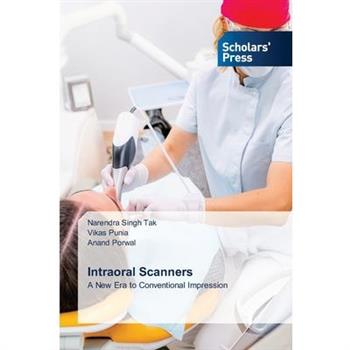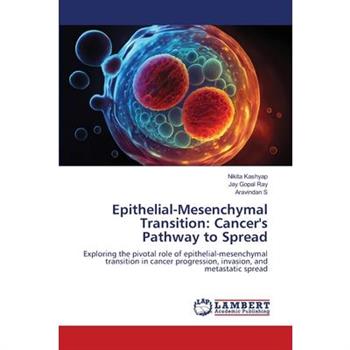Rotary Endodontics in Primary Dentition
Rotary endodontics and an extensive understanding of the primary dentition are transforming the field of pediatric endodontics. The purpose of this textbook is to investigate the details of pulpal anatomy in primary teeth, with a focus on the significance of this information for modern pediatric endodontic treatment. This book aims to develop pediatric dentistry and ultimately improve the oral health of young patients by addressing the problems caused by dental caries in primary teeth and supporting the maintenance of these important structures.
Guided Endodontics
Over the past few decades, technology has revolutionized every aspect of our lives and dentistry is no exception. Guided Endodontics: A New Era of Precision takes you on a journey through one of the most transformative innovations in dental care. From its roots in neurosurgery to its cutting-edge application in root canal treatments, this book explores how 3D-printed guides, CBCT imaging, and real-time navigation are redefining the way clinicians approach complex cases.Whether navigating calcified canals, retreating previously treated teeth, or performing microsurgical procedures, guided endodontics is shifting the paradigm toward safer, faster, and more accurate treatment. This comprehensive guide breaks down both static and dynamic techniques, supported by the latest research and clinical insights. Perfect for students, practitioners, and dental professionals eager to embrace the future, this book is your gateway to mastering precision in endodontic therapy.
Surgical Endodontics in Pediatric Dentistry
Surgical endodontics in pediatric dentistry involves procedures performed when conventional root canal treatments are unsuccessful or not feasible due to anatomical complexities, persistent infections, or traumatic injuries. These surgical techniques, such as apicoectomy, retrograde filling, or root-end resection, are typically used to preserve primary or young permanent teeth. In pediatric patients, careful consideration is given to the child's growth, development, and tooth eruption patterns. Maintaining these teeth is crucial for function, aesthetics, and guiding the eruption of permanent successors. Advanced diagnostic tools and magnification aid in precise treatment, minimizing trauma and promoting faster healing. Though less common in children than adults, surgical endodontics plays an essential role in managing difficult cases and preventing premature tooth loss when conventional therapies are inadequate.
Integrated Meta- Learning Into Biomedical Diagnostics
Meta-learning methods have to be properly applied in a wide range of healthcare settings through a huge number of theoretical and experimental studies. Meta-learning in health care remains in its infancy and has as yet not appealed to a larger scientific community, even with the developments. Additional work attempts need to be done to bridge a gap in the literature by combining existing breakthroughs and their practical applications since it is the first systematic survey targeting meta-learning within this area. The scope of the adaptation is where meta-learning also diverges from base learning. Whereas its acquisition is all about acquiring proficiency in a number of learning tasks, base-level acquisition is aimed at acquiring knowledge in one particular learning task. These are data integration across heterogeneous modalities, model interpretability, privacy and security, and real-world scalability optimization. Addressing these areas will enable meta-learning to become a foundation of the next generation of healthcare technologies, providing more accurate, personalized, and efficient diagnostic systems that can ultimately lead to better patient outcomes.
Smile Design
Smile design is a modern approach in cosmetic and restorative dentistry that focuses on creating a beautiful, harmonious, and natural-looking smile tailored to an individual's facial features, personality, and desires. It combines both art and science to enhance aesthetics while maintaining function and oral health. Common Procedures in Smile Design include Porcelain Veneers, Tooth Whitening, Orthodontics (e.g., aligners), Gingival recontouring, Implants or crowns for missing or damaged teeth
Artificial Intelligence
Artificial Intelligence (AI) is revolutionizing periodontal therapy by enhancing diagnostic accuracy, treatment planning, and patient care. AI-driven tools, such as machine learning algorithms and imaging analysis, can identify periodontal diseases with precision, analyze radiographs, and predict treatment outcomes. These technologies enable personalized treatment plans tailored to individual patient needs, improving overall clinical efficiency and outcomes. Additionally, AI aids in patient education and monitoring, fostering better compliance and long-term oral health management. Its integration into periodontics is paving the way for a more advanced and effective approach to dental care.
Eruption Disturbances Of Teeth In Children
Tooth eruption, though otherwise a very simple physiological process sometimes faces disturbances due to various etiological factors. These disturbances have been categorised under early and delayed eruption patterns that have various syndromic conditions like Apert's, Down's, cherubim etc . Other environmental factors like malnutrition, body weight at birth etc. along with prevalence in populations have also been discussed. Lastly, this book also touches upon early diagnosis and treatment of related factors disrupting the eruption process.
Deep Margin Elevation
Smart Margin Lift (SML) is a minimally invasive technique used in restorative dentistry to elevate deep subgingival margins, making them more accessible for restoration without the need for aggressive crown lengthening or extensive tooth reduction. This method involves carefully isolating the affected tooth, preparing the deep margin, and applying a resin-modified glass ionomer (RMGI) or bulk-fill composite to elevate the margin coronally. Once the material sets, the final restoration-whether a composite, onlay, or crown can be placed without encroaching on the biologic width.SML offers several advantages, including preservation of healthy tooth structure, improved marginal seal, enhanced restoration longevity, and better gingival health due to its biocompatibility. It is particularly useful in cases where subgingival caries, deep cervical fractures, or preparations extend beyond the gingival margin, making traditional restorative approaches challenging. By providing a predictable and efficient solution, Smart Margin Lift is becoming a preferred technique in minimally invasive and adhesive dentistry.
Osseodensification
Osseodensification is a surgical technique used to prepare the implant site for dental implants. It involves using specialized drills to compact and densify bone around the implant site. This process can improve bone density, implant stability, and implant success rates. It works by specialized drills cut bone in one direction and densify it in the other. This creates an autografted layer along the osteotomy walls. The process compacts and autografts bone across the entire depth of the osteotomy. This book elaborates knowledge about Densah burs and its maintenance.
Cancer Stem Cells
"Cancer Stem Cells: The Hidden Enemy" explores the pivotal role of cancer stem cells (CSCs) in tumor initiation, progression, metastasis, and therapy resistance. This book delves into the molecular mechanisms, signaling pathways, and epigenetic regulation of CSCs while highlighting their role in various cancers, including oral cancer. It also discusses emerging therapeutic strategies targeting CSCs to improve treatment outcomes. Aimed at researchers, clinicians, and students, this book provides a comprehensive yet accessible insight into the evolving landscape of cancer stem cell research.
Macrophages as key players in the oncogenic shift of OSMF
Macrophages plays a crucial role in wound healing, providing aid for tissue growth and angiogenesis. Tumor- associated macrophages (TAMs), derived from the peripheral blood monocytes exhibit tumoricidal activity toward one fraction of the cancer cells. Clinically, the TAM level has been correlated with poor prognosis in several human cancers. Since oral squamous cell carcinoma shows an association between macrophages and a worse prognosis, macrophages could also be involved in the evolution of OSMF into oral squamous cell carcinoma.
Eustachian Tube Dysfunction and Its Impact on Hearing in OSMF
There are 600 million of people who chew betel quid throughout their life regularly. Betel quid chewing is major contributory factors of precancerous and cancer of oral cavity in India and many other countries. OSMF is slowly progressive disease of oral mucous membrane and termed as premalignant lesion. Its prevalence in India is very high ranging from 0 to 0.2%. OSMF affects oral mucosa causing stiffness and rigidity leading to partial trismus.OSMF have multifactorial etiology which includes ingestion of chilies, genetic, chewing areca nut, nutritional deficiency etc. the main ingredient of areca nut is arecadine, arecoline, guacine, guyacoline.OSMF affects the ET function leading to hearing loss as it also affects other part of the oral cavity such as oral mucosa, soft and hard palate, pharynx and naso pharynx. There occurs a slow hearing deficit which can have functional and clinical significance. Thus, these patients show impaired responses to loud sounds, leading to conductive hearing loss.
Narrative-Based Dentistry
Narrative dentistry weaves storytelling into patient care fostering empathy and personalised treatment. It is a holistic approach connecting oral health to life experiences, emotions, and well-being. The holistic oral healthcare refers to providing patient-centered oral care which consider physical, psychological, spiritual and social issues. This book offers readers a transformative perspective on dental practice by emphasizing the power of patient stories in enhancing clinical care. It bridges the gap between science and empathy, encouraging dental professionals to listen, reflect, and connect more deeply with those they treat. Through real-life experiences and narrative insights, the book fosters a more compassionate, patient-centered approach to oral health care.
Surgical Overview of Cleft Lip & Its Management
Cleft lip is one of the most common serial congenital anomalies to affect the orofacial region. It can occur isolated or togather in various combination and along with other congenital deformities. Patient with oro-facial cleft deformity needs to be treated at the right time and at right age to achieve functional and esthetic well-being. The average cleft lip patient has three primary procedures scheduled for correction of cleft deformity- Cheiloplasty, Palatoplasty, Alveolar bone grafting. The secondary procedures that may be added on as additional requirements to improve function and cosmesis are Lip revision, Velopharyngeal Dysfunction correction, Orthognathic surgery.Clinical features- Cleft lip is present in different forms: Micro-formed lips- present as a vertical groove, vermilion notching, or different levels of shortening. Incomplete cleft lip- disruption with intact nasal sill area. Complete cleft lip- complete disruption of lip, nasal sill, and alveolus. Symptoms like facial deformity, feeding problems, nasal regurgitation, defective speech, basic anatomic deformity, psychologic and otologic disclorders, dental disorders and other congenital anomalies.
Ozone
This book delves into the transformative role of ozone therapy in pediatric dentistry, emphasizing its minimally invasive, antimicrobial, and tissue-friendly properties. It explores ozone's mechanisms of action, its forms-gaseous, ozonated water, and ozonated oils-and its clinical applications in caries management, pulpal therapy, wound healing, and infection control. With growing concerns over antibiotic resistance and child cooperation, ozone emerges as a safe, painless, and effective alternative for managing oral diseases in young patients. Through a blend of scientific research, clinical insights, and case discussions, this book highlights ozone as a futuristic tool in pediatric dental care-offering improved outcomes with reduced discomfort. It aims to inspire practitioners to adopt this innovative modality for a gentler and more effective approach to children's oral health.
Cellular Metamorphosis in Oral Carcinoma
This book examines oral epithelial dysplasia (OED) and oral squamous cell carcinoma (OSCC) using histomorphometric analysis. It compares nuclear-to-cytoplasmic (N: C) ratios in cases of severe dysplasia and OSCC, and correlates the findings with Bryne's invasive tumor front grading system. Based on the analysis of 80 archival tissue samples using ProgRes software, the study reveals a progressive increase in nuclear abnormalities from dysplasia to carcinoma, with the highest N: C ratios observed in moderately differentiated OSCC. Statistical analysis confirms significant differences between groups, demonstrating that quantitative morphometry enhances diagnostic objectivity compared to subjective histological grading. The findings suggest that combining Bryne's criteria with N: C ratio measurements may improve the prediction of tumor behavior, particularly at the invasive front, thereby offering clinicians better tools for prognosis and treatment planning in oral precancer and cancer management.
Dental Anatomy Teeth & Beyond Made Simple
Unlock the Foundations of Dental Knowledge with Dental Anatomy - a comprehensive and visually rich book crafted for aspiring dental professionals, educators, and curious minds passionate about oral health.This educational resource serves as both a visual atlas and a detailed reference guide, taking readers on a fascinating journey through the intricate structures of the human mouth. From enamel rods and dentin to the developmental timelines of primary teeth and the embryology of the palate, Dental Anatomy presents each topic with clarity and scientific precision. The book includes expertly illustrated diagrams, clinical case insights, and clear, student-friendly explanations designed to make even the most complex concepts accessible.Inside, you'll explore: Comprehensive tooth anatomy and classificationThe functions of enamel, dentin, cementum, and pulpPediatric dental eruption and shedding timelinesOral conditions like gingivitis, thrush, and aphthous ulcersClinical considerations for cracked teeth, TMJ disorders, and impacted wisdom teethWeek-by-week visuals of palatal development and embryological structuresWhether you're preparing for dental school, reinforcing foundational knowledge, or teaching future dental hygienists, Dental Anatomy offers a versatile tool packed with value.Ideal for: Dental and dental hygiene studentsTeachers and instructional coachesContinuing education and reviewVisual learners seeking a practical, engaging referenceMaster the art and science of oral anatomy-one diagram at a time.
Finishing and Detailing in Contemporary Orthodontics
"Finishing and detailing in contemporary orthodontics is where precision meets perfection. It's the final step in creating flawless smiles, focusing on intricate adjustments that refine tooth alignment, bite, and overall aesthetics. In practice, it's not always the case that the built-in adjustments perfectly align with the desired tooth positions. Ultimately, the focus should be on achieving the correct tooth positions rather than strictly adhering to bracket placements. What matters most is the final result, not the specific parameters of axial inclination, torque, or in-out adjustments. Therefore, if these parameters are not as desired, adjustments to the arch wire may be necessary to achieve the optimal outcome With cutting-edge techniques and innovative technology, orthodontists transform a good result into an exceptional one, ensuring both functional and visual excellence that lasts a lifetime."
Restoring Nature’s Perfection
Biomimetic restorative materials in dentistry have revolutionized dental care by mimicking the natural properties of teeth. From traditional options like composite resins, ceramics, and glass ionomer cements (GIC), to newer innovations such as self-healing composites, resin-modified GICs, and bioceramics, these materials offer enhanced strength, aesthetics, and functionality. Bioactive materials like calcium silicate, calcium aluminate, and bioaggregate promote regeneration and remineralization, ensuring biological compatibility and durability. The clinical benefits include improved longevity, minimal invasiveness, and better preservation of tooth structure. Looking ahead, advancements such as nanotechnology and peptide-based biomaterials promise even greater innovation, paving the way for more effective, sustainable, and patient-centered dental treatments.
PERIO - PROSTHO INTERRELATIONSHIP - A Critical Connection
The periodontal-prosthodontic interrelationship emphasizes the critical connection between periodontal health and successful prosthetic outcomes. A healthy periodontium is essential for the longevity and function of fixed and removable prostheses. Prosthetic designs must respect the biologic width, ensure proper crown contours, and avoid overhanging margins to prevent plaque accumulation and inflammation. Occlusal forces must be carefully managed to avoid trauma to periodontal tissues. In cases of periodontal compromise, prostheses can be used to splint mobile teeth or replace lost tissue. Ultimately, coordinated treatment planning between periodontics and prosthodontics is vital to achieve long-term stability, function, and esthetics.
Internal Medicine for Dental Treatments
This book illustrates the precautions for dental treatment with patients with medical diseases and presents the correlation and relationship between oral symptoms and systemic diseases. It is organized into two parts; the first part is symptomatology presenting the description of some symptoms as general remarks. Then comes the part explaining the diseases, which describe the associations between each medical disease and the oral conditions. Chapters provide intraoral figures and in-depth information to help readers understand the symptoms, mechanisms, and responses, the comorbidities, and medications. As the number of patients with lifestyle-related diseases and metabolic syndrome is in increases, it is important to understand the perioperative oral care for patients with malignant diseases. Internal Medicine for Dental Treatments - Patients with Medical Diseases is a valuable resource not only for undergraduate and post-graduate dental students but also for dental residents, practitioners, and dental nurses. Written by both internal medicine doctors and dentists, this book is a comprehensive guide and easy read for readers at all levels. ​
Mandibular Reconstruction
The mandible, as a critical structure in facial form and function, plays an essential role in mastication, speech, and aesthetics. Its reconstruction presents a unique set of challenges to surgeons, requiring a delicate balance between technical precision, aesthetic considerations, and functional restoration. This book is dedicated to addressing these challenges, offering a comprehensive exploration of mandibular reconstruction techniques and advancements. The inspiration for this work stems from years of clinical practice and collaboration with experts across multiple disciplines. Mandibular defects can arise from trauma, tumour resections, congenital anomalies, or infections. Each scenario requires an individualized approach, tailored to the patient's specific needs, and involves a blend of traditional surgical principles and innovative technologies, including virtual surgical planning, 3D printing, and modern prosthetics. This book seeks to bridge the gap between foundational knowledge and cutting-edge practice. It is designed to be a practical resource for surgeons, trainees, and healthcare professionals, detailing step-by-step procedures.
Fixed Prosthodontics
Fixed Prosthodontics: Principles and Practice is a comprehensive guide covering the principles, materials, and procedures essential to fixed prosthodontics. Designed for dental students, prosthodontists, and restorative dentists, it offers an evidence-based approach to diagnosis, treatment, and long-term maintenance of fixed prostheses. The book seamlessly integrates foundational knowledge with advanced applications, making it a valuable resource for both learners and experienced professionals. It explores key concepts such as anatomy, occlusion, and material science while delving into clinical procedures like diagnosis, treatment planning, tooth preparation, and impressions. Readers will gain insights into crowns, bridges, and implant-supported restorations, as well as advanced topics such as digital prosthodontics, CAD/CAM technology, and failure management. Emphasizing practical applications, the book also covers prosthetic occlusion, patient management, and aftercare. With interactive features like multiple-choice questions and concise chapter summaries, it bridges theory and practice, providing essential knowledge for those in restorative dentistry.
Photobiomodulation in Dentistry
Photobiomodulation (PBM) is revolutionizing dental care by using therapeutic light to accelerate healing, relieve pain, and reduce inflammation-all without drugs or invasive procedures. This cutting-edge technique harnesses low-level lasers or LEDs to energize cells, boost circulation, and enhance tissue regeneration. In dentistry, PBM offers impressive results in managing oral mucositis, accelerating post-surgical recovery, easing temporomandibular joint (TMJ) pain, and supporting periodontal therapy. Its precision, safety, and comfort make it ideal for patients of all ages. As science uncovers more of its benefits, PBM is emerging as a must-have tool in modern dental practice-combining innovation and biology to create brighter, faster, and more comfortable healing journeys for patients. Light isn't just for seeing-it's for healing, too.
Orthodontic Wires
In the last few decades, a variety of new wire alloys have been introduced in orthodontics. These wires demonstrate a wide spectrum of mechanical properties and have added to the versatility of orthodontic treatment. Appropriate use of all the available wire types may enhance patient comfort and reduce chair side time and the duration of treatment.The restricted use of only stainless steel wires to treat an entire case from start to finish therefore may be indicated only in relatively few patients. It may be beneficial instead to exploit the desirable qualities of a particular wire type that is specifically selected to satisfy the demands of the presenting clinical situation. This, in turn, would provide the most optimal and efficient treatment results.
Craig's Restorative Dental Materials
Master the use of dental materials with this all-in-one guide to restorative materials and procedures! Craig's Restorative Dental Materials, Fifteenth Edition, addresses the fundamental concepts and skills needed to understand the science behind dental materials and their appropriate selection when designing and fabricating restorations. It begins with fundamentals and moves on to advanced skills in the manipulation of dental materials, providing insight on the latest advances and research along the way. From an expert author team, this comprehensive resource is considered to be the standard in the field of dental restorative materials.NEW! Dedicated chapter covers the principles of adhesion and adhesivesNEW! Current photos highlight the latest advances in digital technology in dentistryNEW! Enhanced ebook version, included with every new print purchase, features key topics videos for each chapter and INBDE-style clinical cases, plus digital access to all the text, figures, and references, with the ability to search, customize content, make notes and highlights, and have content read aloudComprehensive coverage ranges from fundamental concepts to advanced skills, detailing everything you need to know to select appropriate dental materials when designing and fabricating restorationsClear, focused approach provides an essential understanding of the fast-changing field of restorative dental materialsMore than 300 full-color illustrations show clinical detail with clarity and realismLogical organization arranges chapters by major clinical procedures- NEW! Chapter on the principles of adhesion and adhesives- NEW! Photos highlighting the advances in digital technology in dentistry.- NEW! Short videos highlighting the key topics on each chapter.- UPDATED! Electronic resources including PPT files for instructors and board-exam-style clinical cases with discussion topics.





